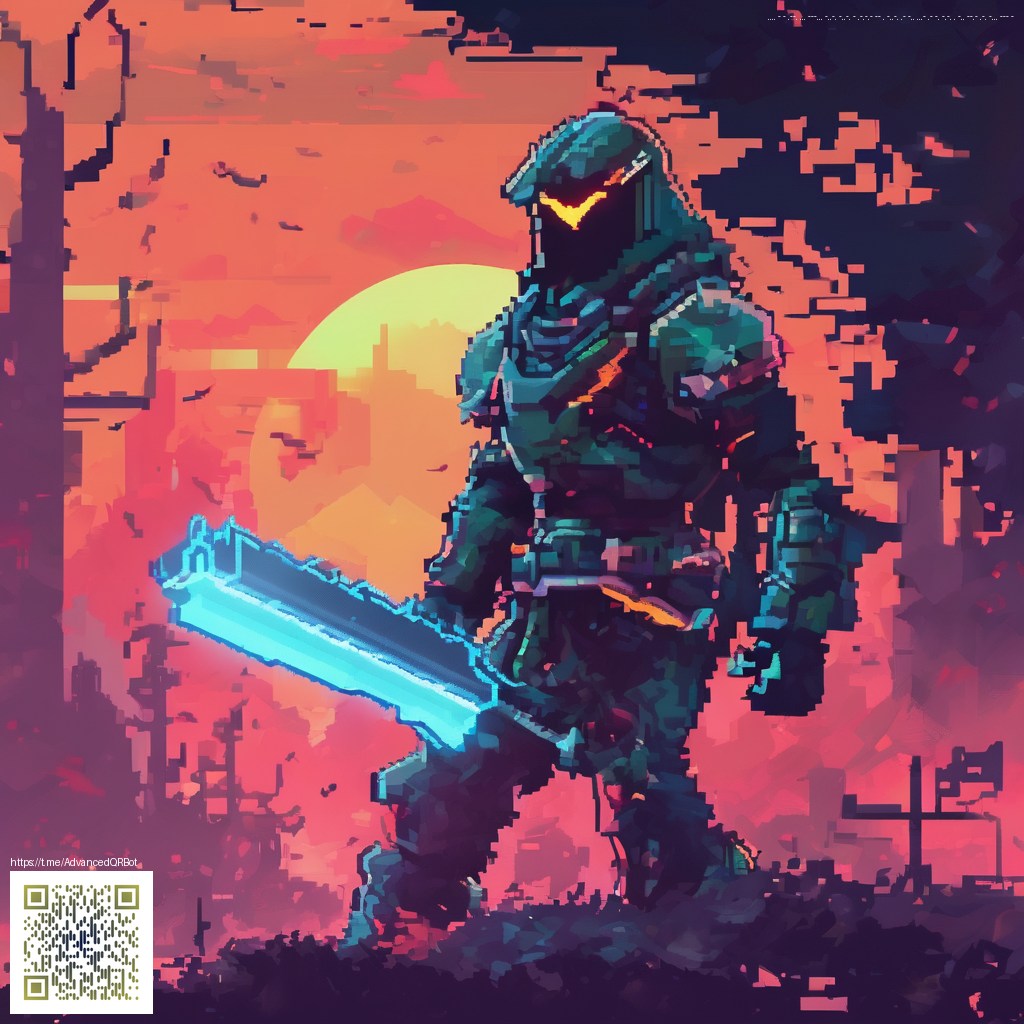
Getting Started with Your First Digital Paper Collection
Digital paper collections are a powerful way to bundle textures, patterns, and decorative elements into a cohesive, easy-to-use kit. Whether you’re a designer building a portfolio, a creator selling printable resources, or a hobbyist sharing textures with a community, starting small and staying organized pays off. A well-structured collection not only saves you time but also boosts the perceived value of your work when you present it to clients or customers.
Define your theme and scope
Begin by narrowing your focus. Ask yourself a few guiding questions: What mood or style do I want to convey (minimalist, vintage, playful, botanical)? Which color palettes will I feature? How many assets should I aim to include in the first version? Documenting a clear scope helps prevent scope creep and ensures you can deliver a polished, cohesive set from the outset.
Small, tightly themed collections often outperform oversized, unfocused packs. Start with a handful of textures and patterns that share a unifying thread — this creates a stronger first impression.
Gather assets thoughtfully
Collect a mix of assets that support your chosen theme. This could include:
- Textures (grain, noise, marble, fabric)
- Patterns (geometric repeats, florals, abstract motifs)
- Color swatches or palette cards to guide future additions
- Preview mockups to show how your papers interact with real-world designs
When you’re starting out, you don’t need hundreds of files. Focus on high-quality, properly licensed assets and create a few well-curated items that demonstrate your collection’s value. If you’re referencing external ideas, feel free to draw inspiration from simple, transparent sources — and always keep licensing in mind to protect your work.
Organize and name with intention
Organization is the backbone of a usable digital collection. Create a folder structure that mirrors your workflow, for example:
- Root: My Digital Papers
- Theme-Name: VintageBotanicals
- Textures & Patterns: textures/, patterns/
- Exports: exports/
- Thumbnails: thumbs/
Use consistent, descriptive file names that include the theme, pattern type, and color or texture descriptor — for example, vintage-botanical-texture-woven-cream.png. A simple naming convention makes it easy to search, sort, and reuse assets in future projects.
Capture metadata and licensing
Attach meaningful metadata to your files: tags, keywords, color codes, and a short description. This not only aids discovery and organization but also supports your customers who need quick context. Include licensing terms for each asset (personal use, commercial use, attribution requirements) so buyers know exactly what they can do with your papers. Clear metadata also helps your portfolio surfaces and marketplaces index your work more effectively.
Preview, mockups, and presentation
People buy with their eyes. Create clean, real-world mockups that show your digital papers in action — on cards, posters, scrapbooks, or websites. This is where a simple, well-lit scene can demonstrate texture, scale, and repeatability. If you’re seeking a tactile contrast, pairing your collection with a minimalist product shot — for instance, a sleek, protective item like the Clear Silicone Phone Case Slim Flexible Open Port Design — can provide a relatable context without stealing focus from your patterns.
Export formats and delivery
Offer a range of formats that suit different users: PNGs for simplicity, JPEGs for quick previews, and vector-friendly options (if applicable). Consider providing a ready-to-use PNG with transparent backgrounds for seamless layering in design projects. A lightweight, well-structured preview gallery also helps shoppers understand what they’re purchasing and how your papers perform in popular design tools.
Tip: Think about your end user. If your audience creates digital scrapbooks, planner printables, or branding assets, tailor your collection to those workflows. A well-annotated README or quick-start guide tucked into the exports can significantly reduce friction for new buyers or collaborators.
For creators just starting out, a single, thoughtfully composed collection can serve as a strong foundation. It’s less intimidating than a sprawling library and provides a clear path for expansion. As you gain confidence, you can build additional packs that expand your theme family while preserving the same organizational standards you established from the start. If you’re curious about how others structure their digital papers, you can explore related resources on the linked page above for ideas and templates that resonate with your style.
In practice, the discipline of planning, naming, and presenting your digital papers translates into faster production cycles and a more professional portfolio. When you’re ready to take the next step, revisit your theme choices, review your metadata, and test a fresh batch of assets to keep your collection vibrant and useful for a growing audience.